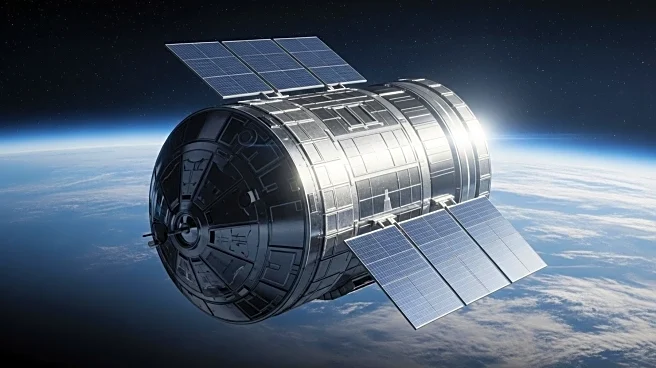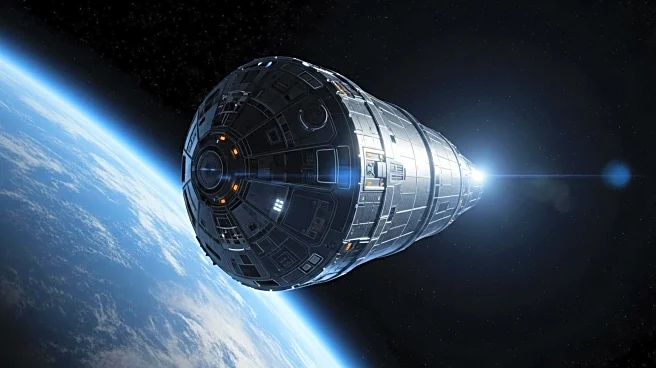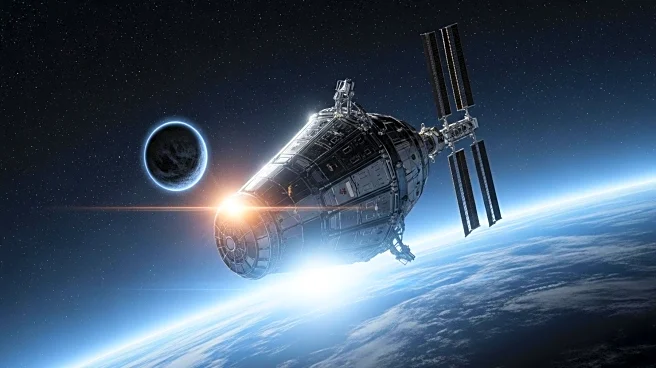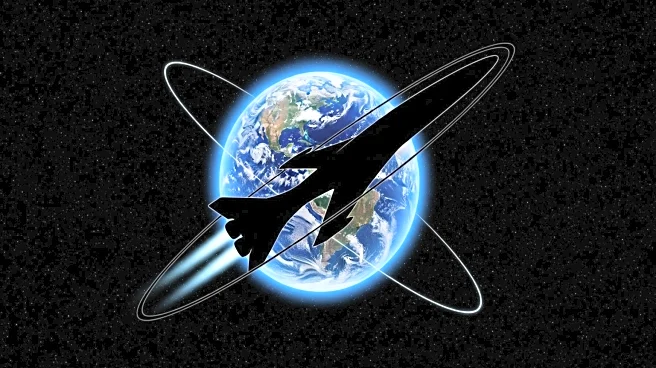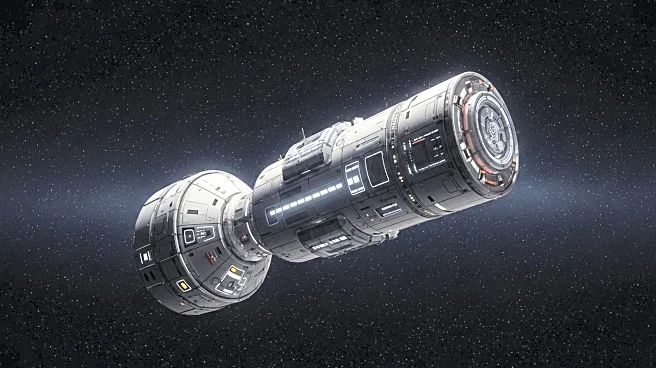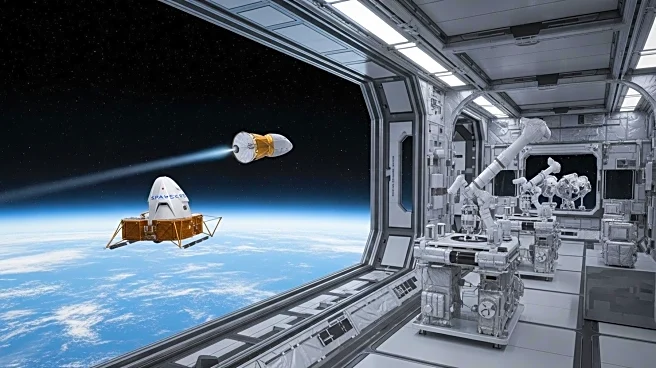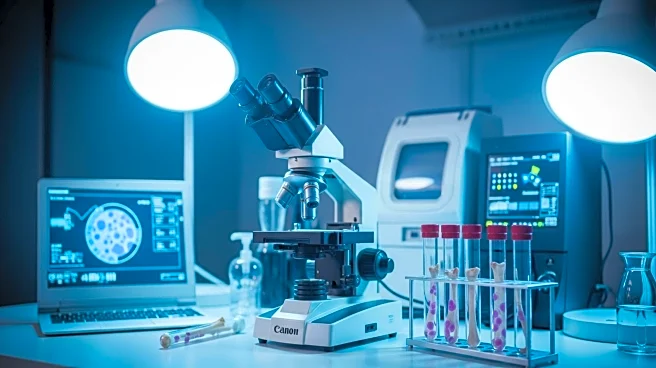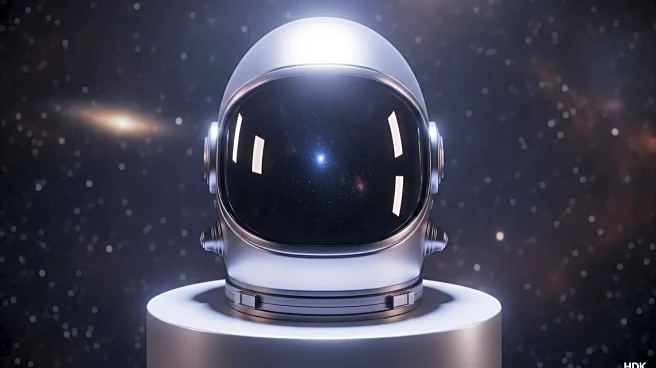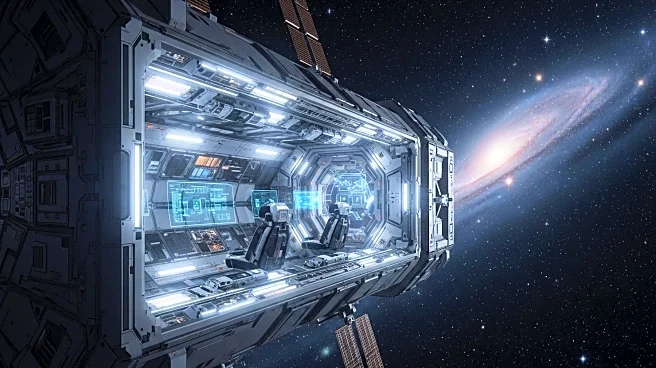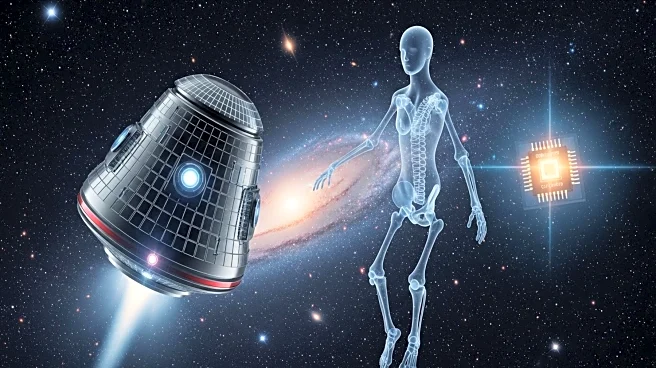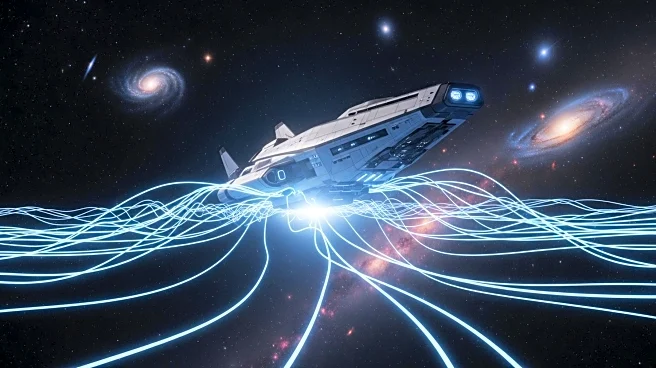What's Happening?
NASA's 33rd SpaceX Cargo Dragon mission has successfully completed its first 'boost kit' propulsion maneuver to maintain the International Space Station's (ISS) altitude. Conducted on September 3, the maneuver lasted over five minutes, raising the ISS's orbit by approximately one mile. The Dragon, which docked with the ISS on August 25, delivered 5,000 pounds of cargo, including crew supplies, scientific research, and the boost kit. This kit, equipped with propellant tanks and Draco engines, is designed to augment the station's existing Russian propulsion assets. The maneuver is part of a series of planned altitude adjustments to counteract the gradual orbital decay caused by atmospheric interactions.
Why It's Important?
The successful boost maneuver by the SpaceX Cargo Dragon is crucial for maintaining the operational integrity of the ISS. As the station's orbit naturally decays over time, periodic altitude adjustments are necessary to ensure its continued functionality and safety. The introduction of the boost kit represents a significant enhancement to the station's propulsion capabilities, reducing reliance on Russian assets and increasing operational flexibility. This development underscores the importance of international collaboration in space exploration and the role of private companies like SpaceX in supporting NASA's missions. The maneuver also highlights advancements in space technology and the ongoing efforts to sustain long-term human presence in space.
What's Next?
The Cargo Dragon is scheduled to remain docked at the ISS until December, during which time additional boost maneuvers are planned. These maneuvers will help maintain the station's altitude and ensure its readiness for future missions. NASA and SpaceX will continue to monitor the performance of the boost kit and assess its impact on the station's operations. The success of this mission may pave the way for further collaborations between NASA and private companies, potentially leading to more innovative solutions for space exploration challenges. The ongoing partnership between NASA and SpaceX is likely to expand, with future missions aimed at enhancing the capabilities and sustainability of the ISS.
